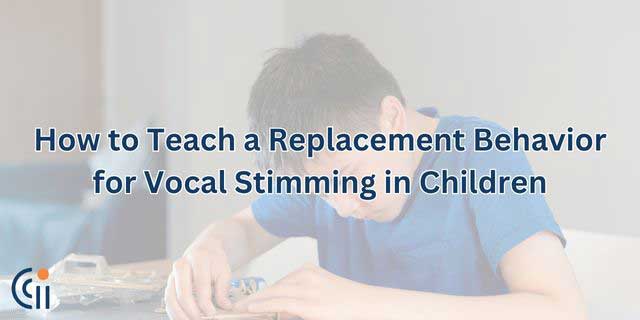Parenting a child with autism can often be a difficult and challenging experience. The challenges are particularly daunting when it comes to making sure the home environment is comfortable and accommodating for your child. Fortunately, there are some steps you can take to make your home more autism-friendly. Let’s explore how you can create a supportive home space for your child.
Tips to Make Your Home Autism-Friendly for Your Child
Create A Routine
Creating a routine and sticking to it can be very beneficial in an autism-friendly home. Having a set schedule helps reduce anxiety and provides consistency for the individual, which can help them feel more in control of their environment. Keeping things consistent in terms of timing for activities, meals, sleeping times, etc., will also help your child anticipate what’s coming next and feel less overwhelmed. Schedules should also be flexible enough that they allow room for changes or adjustments if needed.
Reduce Overstimulation
Individuals with autism may have difficulty processing sensory input in the same way that neurotypical individuals do. It’s important to minimize overstimulation as much as possible to create an autism-friendly home environment by reducing loud noises, bright lights, and chaotic environments. You can also provide calming activities such as listening to music or reading books in order to reduce stress levels and provide moments of peace throughout the day.
Provide Visual Cues
Visual aids are extremely helpful when it comes to creating an autism-friendly environment at home. Visual cues such as pictures or symbols on a bulletin board or chalkboard provide support by helping individuals understand what is expected of them during certain daily activities or routines. These visual cues can even be used during transitions from one activity to another so that everyone knows what’s happening next without having to verbalize it all the time – this helps reduce confusion and frustration for both you and your child!
Creating an autism-friendly home environment is essential for parents raising children with this condition. To do this successfully, parents should focus on creating a routine that is flexible yet consistent, reducing overstimulation, and providing visual cues throughout the house whenever possible. By taking these steps, families will be better equipped to handle any challenges that come their way while providing their children with an inviting, understanding place they can call their own!
We encourage you to start your journey with Circle City ABA for more support and resources.


